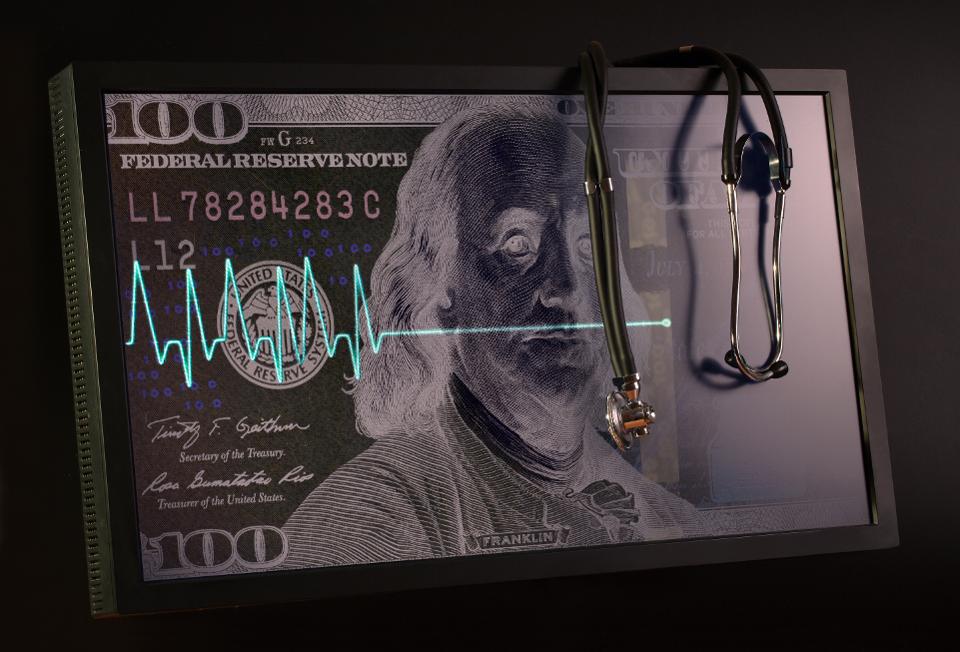Ketones are a family of chemicals made by your liver, usually out of the body’s fat, to provide energy when you need it. Right now, you’ve almost certainly got some ketones circulating in your blood. If you fast for the better part of a day, the level of ketones in your blood will rise, as your body turns to its stored fat to make up for the lack of carbohydrates (aka sugars) in your system.
The keto diet tries to hypercharge all this ketone production. The basic idea is that when people forgo almost all carbohydrates, shun excess proteins, and load up on fat, their bodies will respond by producing ketones.
But will all that ketone production do any good?
(To read the rest of the article, please visit Forbes.)










